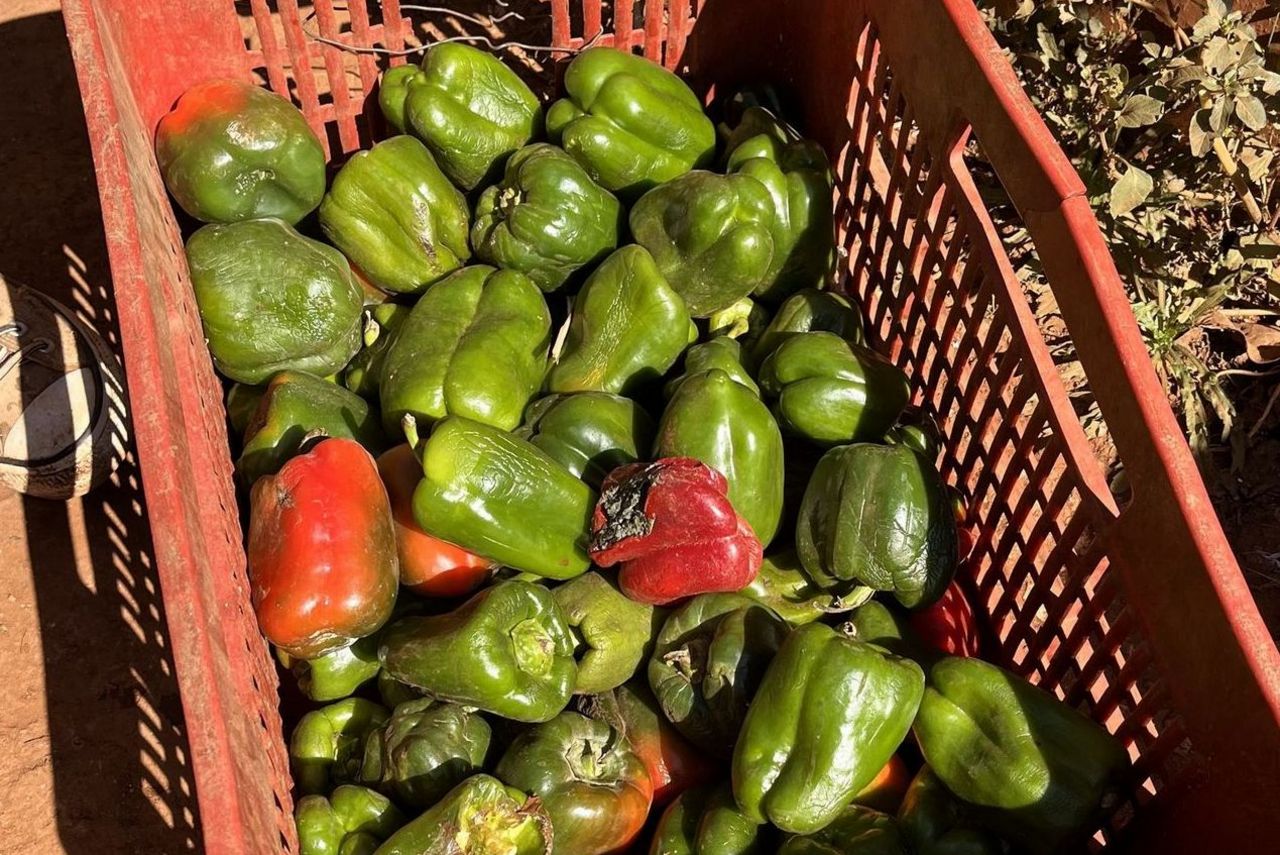Project
Food waste from households and street markets in Zimbabwe

An Analysis of the Determinants of Food Waste in Low-Income Communities: The Case of Hatcliffe, Harare, Zimbabwe
There is evidence of food waste in low-income countries such as Zimbabwe, but there is no data for what is being wasted, how much, when and why?
Background and Objective
Reducing food waste occurring at market and consumption level of the food system is a global challenge that must be addressed to achieve sustainable consumption and to cut the significant ecological footprint of this waste. In this doctoral thesis, the determinants of food waste in a developing country, focusing on low-income households and food street markets, are analysed.
The study characterizes the different types of food waste, estimates the amounts that are wasted, and investigates the causes of waste as well as spatiotemporal variations in food waste in a low-income community.
Target Group
Households and Street Markets
Approach
We will collect food waste data from households and from a street market in the same neighbourhood. One question is if the household behaviour and preferences related to specific time periods may be used to explain food waste occurring at the corresponding street market. Thus, the study examines household food consumption behaviour, attitudes, and perceptions as well as the spatial location of the household at specific times of the year. Consequently, we derive practical community-based recommendations to reduce food waste in low-income communities.
Data and Methods
A mixed-methods technique will be applied in the study, which involves the collection of both qualitative and quantitative data. The study combines a diary survey, a questionnaire survey and waste compositional analysis in data collection. The questionnaire surveys give insights into what is being wasted, the reasons behind wastage and the waste streams. By combining diary surveys and waste compositional analysis we can estimate the quantities of what is being wasted and examine the spatiotemporal variations in food waste.
In the first round of data collection conducted in the harvest season (May/June 2023), a total of 75 households participated in both the Waste Composition Analysis and Kitchen Diary surveys, additionally, we conducted 200 face-to-face questionnaire surveys. At the street market level, food waste from 33 market stalls was sorted and weighed and 25 vendors participated in the face-to-face questionnaire surveys. Our next data collection phase is scheduled for the upcoming lean season (October-November, 2023).
Our Research Questions
- Which types of food are wasted in households and at street markets, and which quantity is wasted?
- What are the causes of food rejection and food waste in low-income communities?
- How does food waste vary through space and time in Hatcliffe?
- Are there sustainable community-based intervention strategies for food waste reduction that can be adopted in low-income communities?
Preliminary Results
Our results will include food waste quantities and composition on household and street market level as well as qualitative information about reasons and influencing framework conditions. The data assessment is expected to shed light on the interaction between households and street markets with respect to food waste. As the data collection will take place in both harvest season as well as lean season, we will learn more about the framing environment which could provide useful starting points for intervention.
From the first round of data collection, we have established the composition and quantities of food waste from households and street markets. We gained insights into the behaviours, attitudes, socio-economic and demographic characteristics that could give a better comprehension of the determinants of food waste at these two distinct levels. Additionally, the kitchen diaries from the households provided us with real-time qualitative data on food waste and the reasons behind it.
Thünen-Contact


![[Translate to English:] [Translate to English:]](/media/_processed_/3/e/csm_AdobeStock_249730128_92f14d3a63.jpeg)
![[Translate to English:] [Translate to English:]](/media/_processed_/3/e/csm_AdobeStock_249730128_a6fcf4c893.jpeg)
![[Translate to English:] Logo des Bundesministerium für Ernährung und Landwirtschaft](/media/allgemein/logos/BMEL_Logo.svg)